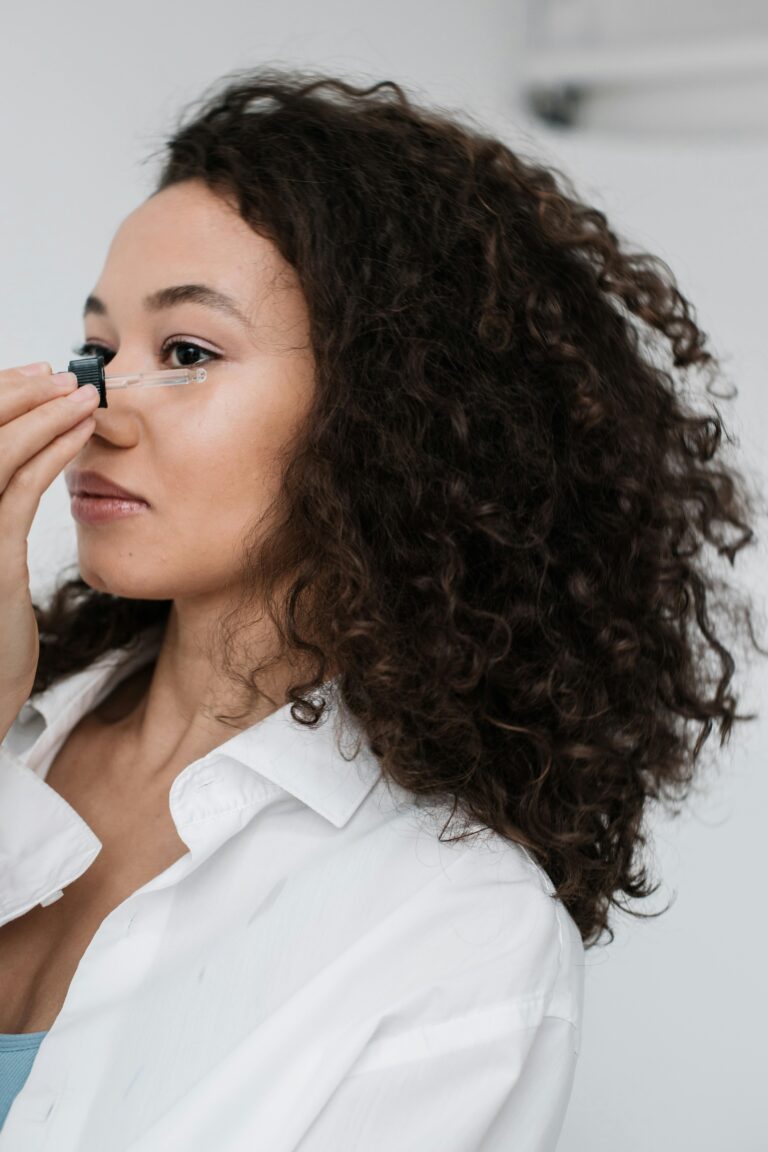How To Reduce Skin Redness: Tips for Calm, Healthy Skin
Does your skin ever feel like it has a mind of its own—flaring up with redness at the worst possible moments? Whether it’s after a workout, a stressful day, or just stepping outside, that stubborn flush can leave you feeling frustrated and self-conscious. You’re not alone, and the good news is, there are ways to calm things down.
Your skin deserves to feel as good as it looks, and tackling redness isn’t just about appearances—it’s about comfort and confidence too. By understanding what’s causing the redness and making a few simple changes, you can take control and give your skin the care it craves.
Common Causes Of Skin Redness
Skin redness happens for many reasons, from environmental exposure to underlying conditions. Knowing the cause makes it easier to manage and care for your skin.
Understanding Sensitive Skin
Sensitive skin reacts faster to everyday factors. If you feel tightness, burning, or see blotchiness after using products or washing your face, your skin may be sensitive. Common triggers include harsh ingredients like alcohol-based toners, heavily scented skincare, or even strong exfoliants. Pay attention to how your skin responds to products.
Role Of Environmental Factors
Environmental factors significantly impact your skin’s condition. Sun exposure can trigger redness, particularly if you’re not using sunscreen daily. Extreme temperatures, strong winds, or high humidity can also irritate your skin. Pollution may worsen redness by damaging your skin barrier, leaving it more vulnerable.
Skin Conditions That Lead To Redness
Several skin conditions cause redness. Rosacea often appears as persistent redness and visible blood vessels, especially on the cheeks, nose, or chin. Eczema and psoriasis cause flaky patches that can look inflamed. Acne-related redness results from inflamed breakouts. Understanding the condition guides better treatment options.
Immediate Remedies For Skin Redness
Dealing with unexpected skin redness can feel frustrating, but some quick solutions can calm your skin and bring relief. Try these soothing methods to reduce redness when you need fast results.
Cold Compress And Soothing Masks
Applying a cold compress can work wonders for calming irritated skin. Use a clean, soft towel, soak it in cold water, and gently press it onto your skin for 5-10 minutes. It helps reduce redness by constricting blood vessels. Make sure the towel isn’t too rough to avoid further irritation.
For an extra calming boost, try soothing masks with ingredients like aloe vera, oatmeal, or cucumber. These ingredients are known for their anti-inflammatory properties. Look for masks labeled “for sensitive skin” or “redness relief” to avoid harsh chemicals.
Over-The-Counter Anti-Redness Products
Anti-redness products can provide quick and effective relief. Look for options that contain niacinamide, allantoin, or green tea extract. These ingredients soothe skin and reduce inflammation without clogging pores. You’ll often find these in serums, moisturizers, or leave-on treatments.
For targeted redness on specific spots, consider color-correcting primers with a green tint. They neutralize redness instantly, giving your skin a more even tone. Make sure to choose products that are fragrance-free and designed for sensitive skin.
Hydration And Skincare Adjustments
When your skin feels red and sensitive, hydration is key. Use moisturizers with barrier-restoring ingredients like ceramides and hyaluronic acid. These ingredients help lock in moisture while strengthening your skin’s natural defenses.
Make small changes to your skincare routine. Swap harsh exfoliants or active ingredients like retinoids for gentler options until the redness subsides. Cleansers should be mild and sulfate-free to prevent over-drying. Always follow with a hydrating serum or cream to soothe your skin.
If heading outdoors, don’t skip a sunscreen with a minimum of SPF 30. Mineral sunscreens with zinc oxide or titanium dioxide are best for redness-prone skin since they’re less likely to irritate.
Long-Term Strategies To Prevent Skin Redness
Combatting skin redness takes patience and consistency, but focusing on long-term changes makes a world of difference. With the right steps, you can nurture your skin and reduce redness over time.
Building A Gentle Skincare Routine
Switching to a gentle routine helps prevent irritation. Avoid harsh cleansers or exfoliants with strong acids, as they can strip your skin and worsen redness. Opt for calming ingredients like chamomile, centella asiatica, or calendula in cleansers and toners. Use moisturizers with ceramides and niacinamide, which strengthen your skin barrier and reduce redness. Watch out for fragrance or alcohol in products, since they can irritate sensitive skin.
If you use actives like retinol, start slow with lower concentrations and always buffer with a hydrating moisturizer. Consistency is key, so stick with simple, calming skincare.
Importance Of Sun Protection
Sun exposure triggers redness and exacerbates skin conditions like rosacea and eczema. Mineral sunscreens with zinc oxide or titanium dioxide are gentle and effective for sensitive skin. Look for SPF 30 or higher, and ensure the product is non-comedogenic to avoid clogging pores. A daily sunscreen isn’t optional; even cloudy days and indoor lighting can increase redness over time.
Pair sunscreen with a wide-brimmed hat or scarf for extra protection, especially during outdoor activities. Reapply your sunscreen every two hours if you’re outside.
Maintaining A Balanced Diet For Skin Health
What you eat impacts your skin’s appearance. Include anti-inflammatory foods like berries, leafy greens, and omega-3-rich salmon or walnuts in your meals. Probiotics from yogurt or supplements help balance gut health, which is often linked to redness. On the flipside, limit trigger foods like spicy dishes, alcohol, and excessive sugar, which can inflame your skin.
Hydration is equally vital—drink plenty of water to keep your skin plump and calm from within. A well-rounded diet supports your skin’s resilience, making it less reactive over time.
When To Seek Medical Advice
Sometimes, skin redness can be more than just an annoyance. While many cases are manageable with soothing skincare and lifestyle changes, there are situations where talking to a dermatologist or healthcare professional becomes essential.
Signs Of Underlying Skin Conditions
Persistent redness that doesn’t fade could point to a deeper issue. For example, conditions like rosacea may cause redness across your cheeks or nose, while eczema might create patches of inflamed, itchy skin. If you notice flaky areas, thickened skin, or intense irritation, psoriasis could be a concern. Acne that leaves your skin red and sore or small, visible blood vessels could also indicate the need for specialized care. Pay attention to patterns—if redness follows exposure to makeup, specific skincare products, or certain fabrics, it might mean an allergy or contact dermatitis.
Professional Treatments And Medications
In-office treatments can work wonders when over-the-counter solutions don’t give you relief. Dermatologists may suggest laser therapy, such as pulsed dye lasers, for managing conditions like rosacea or broken capillaries. Chemical peels, though gentle ones, might help minimize redness caused by acne or scarring. If redness stems from inflammation, prescription creams with hydrocortisone or azelaic acid might come into play. Oral medications, like antibiotics, could also be prescribed for severe conditions when topical treatments aren’t enough. Your dermatologist can craft a plan that fits your skin’s needs, so don’t hesitate to reach out for expert care.
Conclusion
Taking control of skin redness is absolutely possible with the right approach and a little dedication. By understanding your skin’s unique needs and making thoughtful choices in your skincare routine and lifestyle, you can achieve calmer, healthier skin. It’s all about finding what works best for you and sticking with it.
Don’t let redness hold you back from feeling confident and radiant. With so many effective solutions and professional options available, you’re just steps away from soothing your skin and embracing a glowing, even complexion. Your journey to happier skin starts now!






